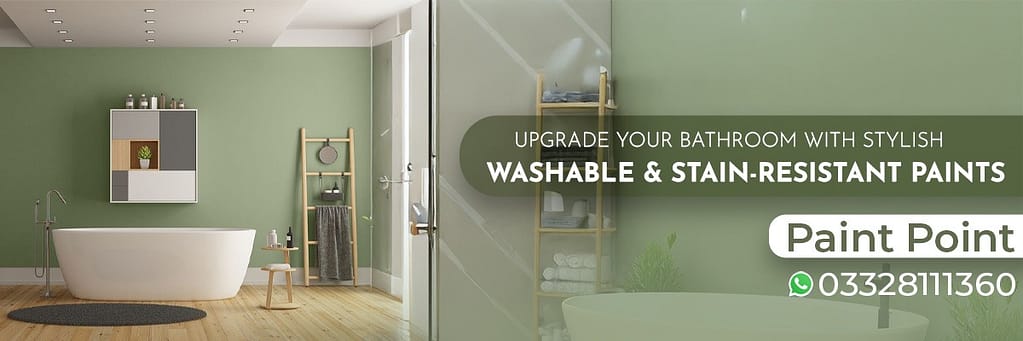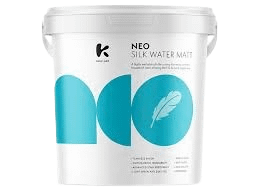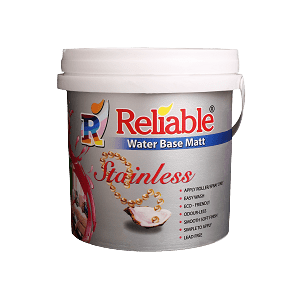Paint For Hospital

Paint for Hospital – Creating a Safe, Hygienic & Healing Environment
Introduction
When it comes to healthcare facilities, every element must contribute to healing — and that includes the paint on the walls. Choosing the right paint for hospital environments is not just about aesthetics. It’s about hygiene, durability, safety, and comfort for patients, staff, and visitors.
Whether you are building a new hospital, restoring old walls, or designing a long-term maintenance system, knowing which hospital paint is best — and why — can be a game-changer.
 Why Specialized Hospital Paint Matters
Why Specialized Hospital Paint Matters
H3: Anti-Bacterial & Anti-Microbial Properties
The right paint can help reduce the spread of germs and bacteria, especially in operation theaters, ICUs, waiting areas, and corridors.
Chemical Resistance
Hospital walls often require frequent cleaning and disinfection with strong chemicals. Only chemical-resistant paints can withstand this without peeling or fading.
Low Odor, Low VOC
Paints designed for hospitals must have low-VOC and almost zero odor, keeping indoor air quality safe for patients and staff.
Smooth & Washable Finish
Hospital walls should be easy to wipe down. Smooth washable paints ensure dust, stains, and spills don’t cling to surfaces.
Mold & Mildew Resistance
Damp areas like bathrooms and laundry rooms must be painted with moisture-resistant and anti-fungal coatings.
 Paint Types Suitable for Hospitals
Paint Types Suitable for Hospitals
Let’s discuss the types of paints suitable for various sections of a hospital:
| Area of Hospital | Recommended Paint Type | Features |
|---|---|---|
| ICU, OT, Recovery | Anti-bacterial epoxy paint | Non-toxic, kills 99.9% germs |
| Waiting Areas, Lobby | Low-VOC acrylic emulsion | Safe, durable, attractive |
| Bathrooms, Wet Zones | Moisture-resistant paint | Anti-fungal, anti-mildew |
| Labs, Clinics | Chemical-resistant coating | Resistant to acids, disinfectants |
| Medical Equipment Walls | Scuff-resistant paint | Tough and washable |
 Benefits of Using Hospital-Specific Paints
Benefits of Using Hospital-Specific Paints
H3: Enhanced Hygiene & Infection Control
Special coatings can significantly reduce infection risk.
Long-Term Cost Savings
Durable and washable paints last longer, reducing repaint frequency.
Fast Drying & Minimal Downtime
Hospitals can resume function quickly with fast-drying options.
Better Patient Comfort & Peace of Mind
Low-odor and healing color tones help improve emotional well-being.
Regulatory Compliance
Many medical standards require specific coatings to meet hygiene protocols.
 Paint for Hospital Construction & Renovation Projects
Paint for Hospital Construction & Renovation Projects
Whether you’re a contractor, architect, hospital administrator, or interior designer, choosing the right paint system matters.
It must align with:
International healthcare guidelines
Infection control protocols
Interior designs that promote healing
Global hospitals often use:
Epoxy-based anti-microbial paints in critical care units
Water-based acrylic emulsions in general zones
Paint manufacturers like Dulux, Express Paints, Nippon, and Asian Paints offer specialized healthcare coating systems.
Color Psychology in Hospital Paints
Colors don’t just decorate — they heal.
| Color | Effect |
|---|---|
| Blue & Green | Calm, reduces anxiety |
| Pastel Tones | Warm, spacious feel |
| White/Off-white | Clean, bright, professional |
| Avoid Red/Dark | Can be harsh, overwhelming |
A smart color + high-grade paint = peaceful healing space.
Maintenance and Cleaning
Hospital paint must simplify cleaning and maintenance:
Stain and wash resistant
Can withstand scrubbing
No color fading
Resistant to disinfectants
This makes facility upkeep cost-effective and reliable.
Eco-Friendly Paints for Hospitals
Green healthcare is the future. Hospitals should prefer eco-conscious paints:
Green Seal Certified
Zero/Low VOC
Non-toxic formulas
Sustainable packaging
These paints promote environmental health and patient safety alike.
Application Tips for Hospital Paint Jobs
Prepare surfaces properly
Use certified painters familiar with healthcare protocols
Choose fast-drying coatings
Test small wall areas before full application
FAQs – Paint for Hospital
Q1: Which is the best paint for hospital walls?
A: The best option is low-VOC, anti-microbial, washable acrylic emulsion. Epoxy paints are ideal for high-risk zones.
Q2: Can I use regular wall paint in a hospital?
A: No. Regular paints can emit harmful VOCs and are not anti-bacterial. Always go for hospital-grade paint.
Q3: What is the best color for hospital rooms?
A: Calming tones like pastel green, blue, beige, and white are ideal.
Q4: Are hospital paints expensive?
A: Slightly more costly than ordinary paints, but they are long-lasting and hygienic — saving costs long term.
Q5: How long does hospital paint last?
A: With proper application, it can last 7–10 years even with frequent cleaning.
Q6: Is hospital paint safe for newborns and allergy-prone patients?
A: Yes, low-VOC and hypoallergenic hospital paints are designed for such sensitive environments.
Final Thoughts
Paint for hospital use is more than just color — it’s a critical component of safety, hygiene, and healing. From ICUs to general wards, always choose certified, high-performance hospital paints that meet the demands of modern healthcare environments.
Need product recommendations, specific brand suggestions, or banner ad content for hospital paint? Batao jani, I’ll handle it all!
-
Rated 0 out of 5
-
- Select options This product has multiple variants. The options may be chosen on the product page
-
- Select options This product has multiple variants. The options may be chosen on the product page
-
- Select options This product has multiple variants. The options may be chosen on the product page
-
Rated 0 out of 5
Local Brush
-
₨ 0Rated 0 out of 5
universal Roller
-
₨ 0Rated 0 out of 5
Roller tray

 Why Specialized Hospital Paint Matters
Why Specialized Hospital Paint Matters Paint Types Suitable for Hospitals
Paint Types Suitable for Hospitals Benefits of Using Hospital-Specific Paints
Benefits of Using Hospital-Specific Paints Paint for Hospital Construction & Renovation Projects
Paint for Hospital Construction & Renovation Projects








